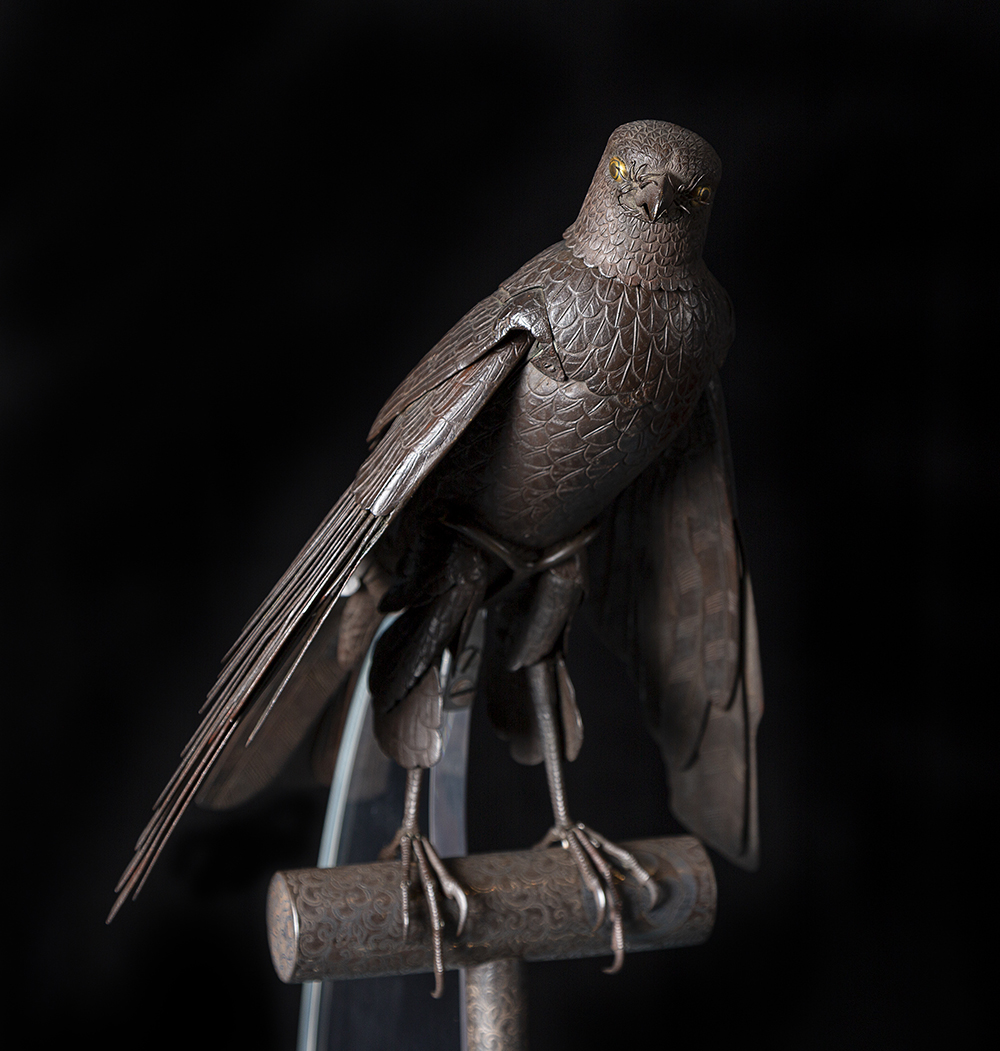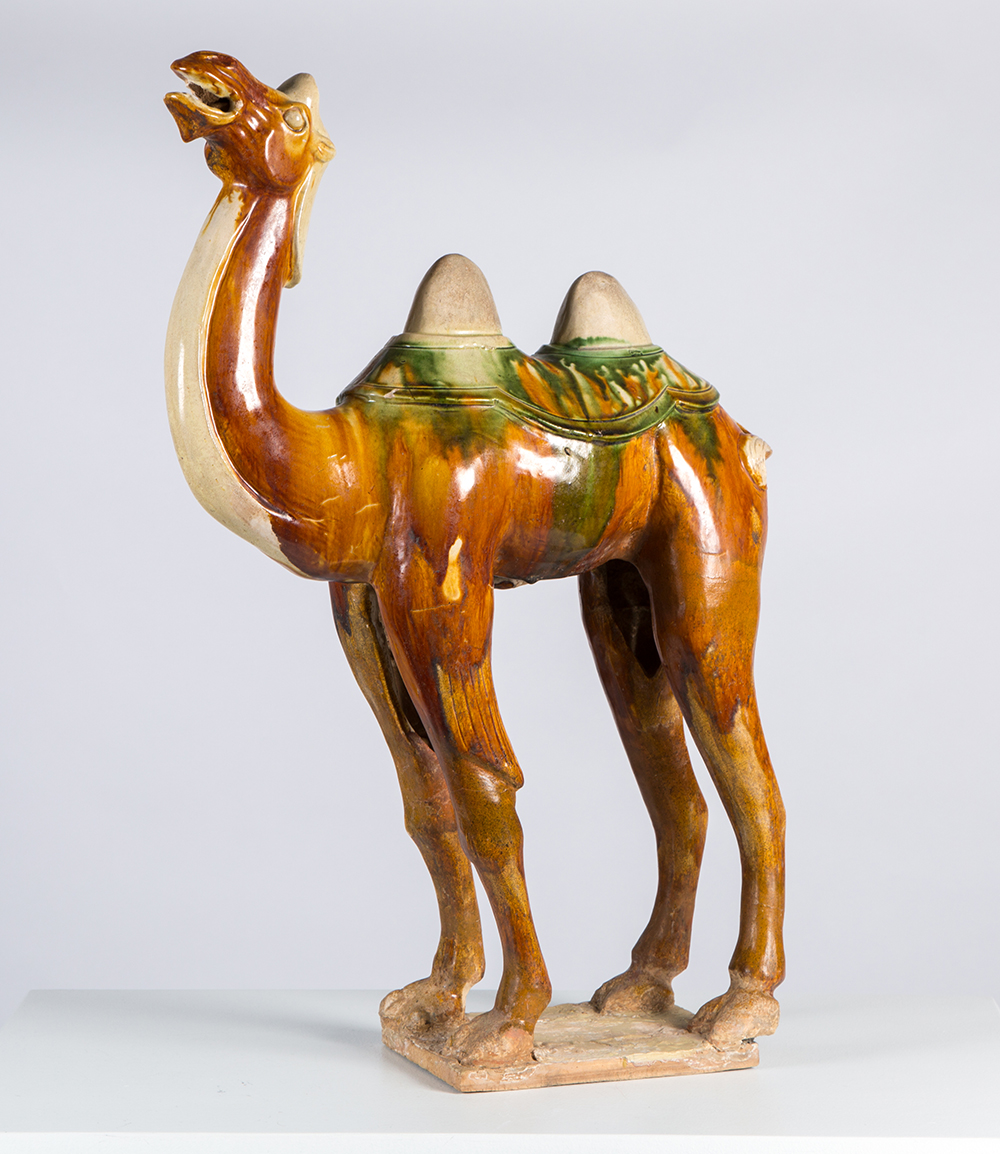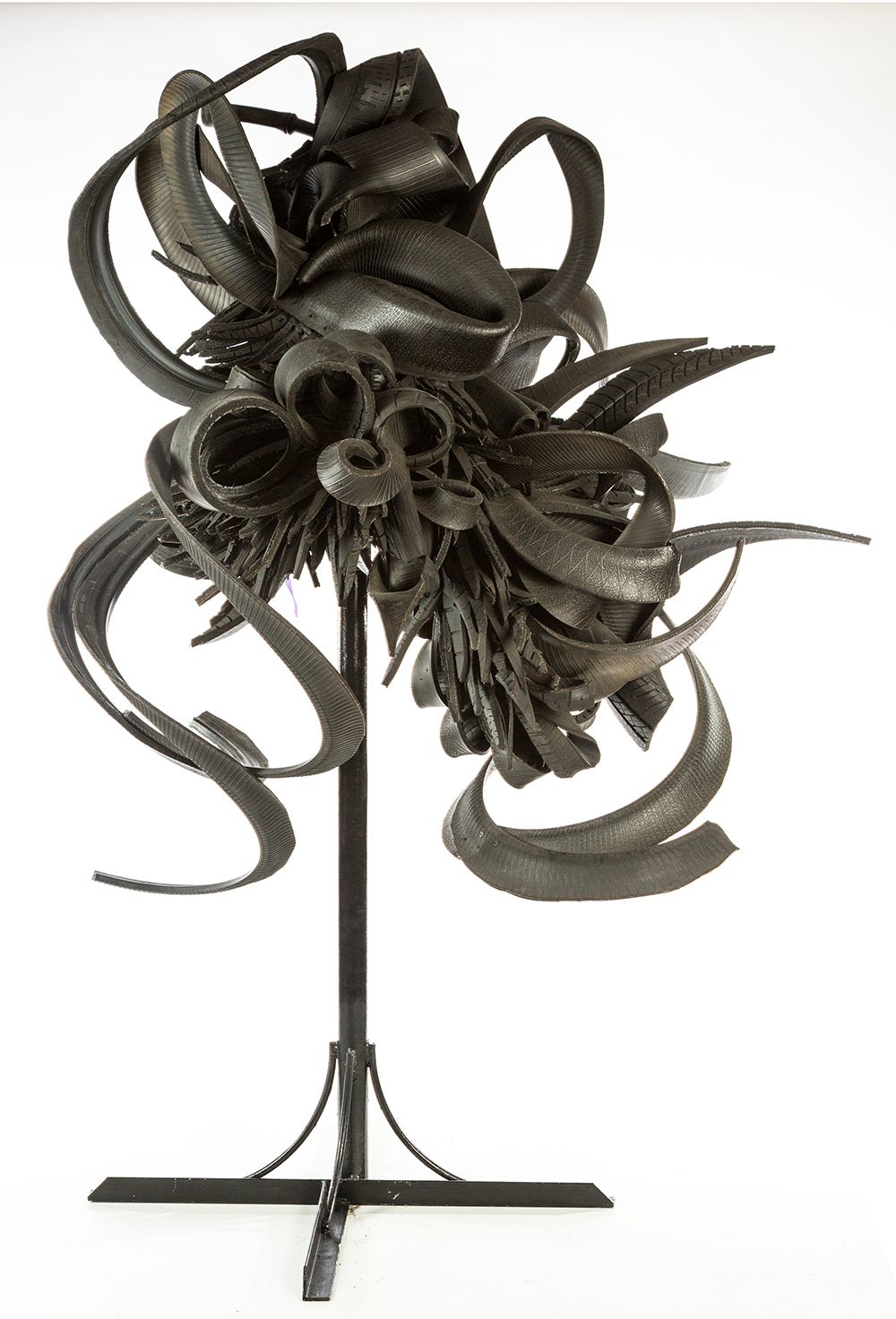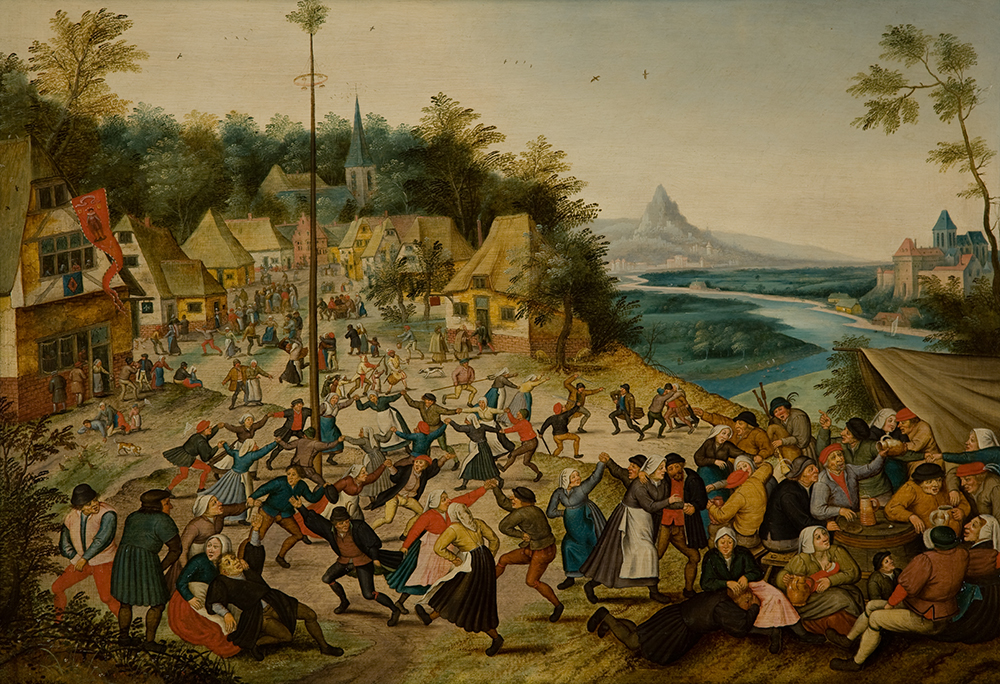Storytelling in Art
Explore a world full of stories with the Utah Museum of Fine Arts!
Experience different storytelling methods through art and make a book to create an incredible story of your own.
Teachers and parents: Use this pre-lesson presentation with your students and children before the tour and art-making activity.
Now let’s look at five different objects in the UMFA collection.
Every work of art tells a story. In fact, each work of art tells many stories—it just depends on what and how you see. What do you notice in each work of art? What new stories can you imagine?
What you need: pencil, paper, your imagination
Writing: Before and After

- Think of a story you could tell about this sculpture, Articulated Raptor.
- What do you think happened right before this moment when the bird landed? What do you think happens right afterward?
- Write your short story and give it a title.
Drawing: Sketching Plot Twist

- Grab a partner (or follow the steps on your own!). Take a minute to look closely at this Gianfranco Gorgoni aerial photograph of Spiral Jetty, the iconic work of Land art located in the north arm of Great Salt Lake.
- Sketch the main shapes you see on your paper. Time yourself: you have only 60 seconds!
- Switch papers. Look at the image again. Now add additional details to your partner’s drawing. Again, take only 60 seconds.
- Switch papers again. What final details are missing in your composition? Add them.
- Switch once more. Now add a surprise detail to your partner’s drawing. What’s something that isn’t in the photograph, but that you’d like to see? A plane? A dinosaur? Change the story!
Speaking: A Story In Turns

- With a partner, look at this image of the Camel. What’s one story you could tell about this artwork?
- Person #1, start telling the story, but stop mid-sentence.
- Person #2, repeat what you heard, but add to it. Then stop mid-sentence.
- Person #1, repeat all of the story, then add on to where your partner left off, again stopping mid-sentence.
- Take turns until you finish your story.
- Did your story have any surprises? How did the ending differ from the story you first imagined?
Example:
#1: A man climbed the snowy mountain and he found…
#2: A man climbed the snowy mountain and he found a bag of gold. The bag had a note that said…
#1: A man climbed the snowy mountain and he found a bag of gold. The bag had a note that said, “Whoever finds this has to do three things…”
And so on!
Moving: Story in Three Poses

- Take a look at this work of art, Discarded Memories by Chakaia Booker. What do you see?
- What is one possible story about this piece? Think of a beginning, middle, and ending.
- What’s one “freeze-frame” pose you can make with your body for each part of the story? (Do you start with your hands in the air? What’s next—do you jump? Do you land on the ground?)
- Do the poses quickly, one after another: 1, 2, 3. Now you’ve told the story of the artwork with your body!
Thinking: Give It a Title!

- For 60 seconds, look at this artwork, Dance Around the Maypole by Pieter Brueghel the Younger.
- What’s a new one-word title you might give this piece?
- How about a long title?
- How about a mysterious title?
- Think of as many different titles as you can. How does each one suggest a new story for the painting?
Now that you have explored storytelling in art, it’s time to make a book to tell a story of your own!
Teachers and parents: Here’s a post-lesson presentation to use with your students and children. Use this template to create your own book. (If you can’t print out the template, don’t worry, you can still use a piece of plain paper and follow along with the step-by-step images and directions.)

